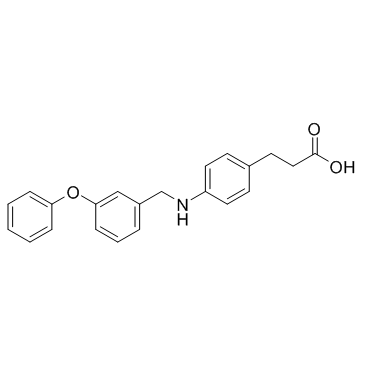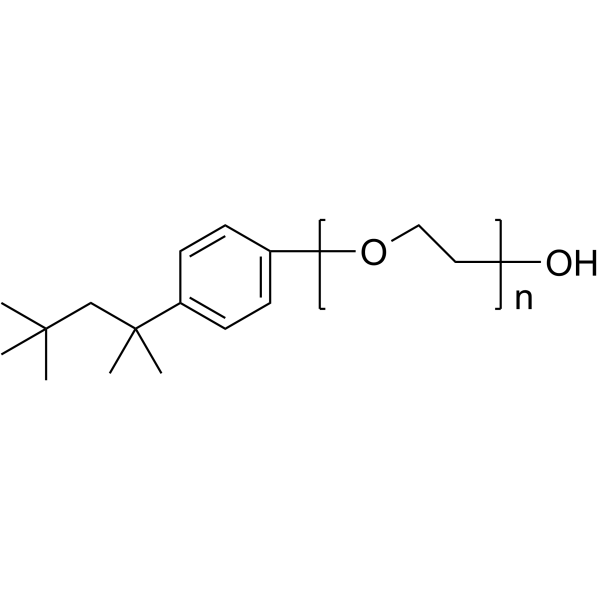| Structure | Name/CAS No. | Articles |
|---|---|---|
 |
GW9508
CAS:885101-89-3 |
|
 |
Triton X-100
CAS:9002-93-1 |